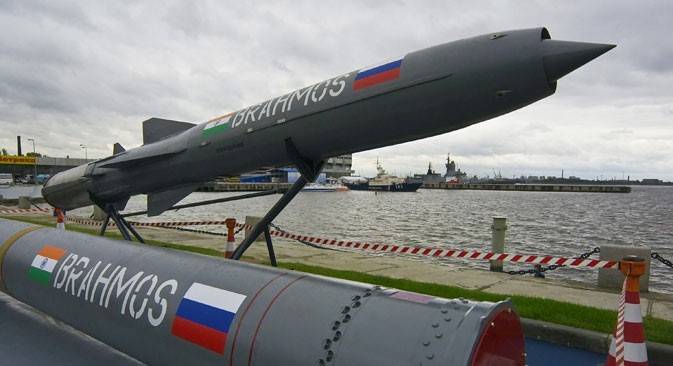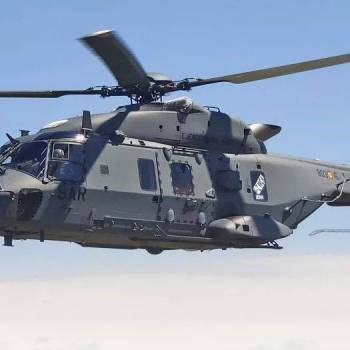
Russia and India have a well-developed system for military-technical relations. In recent years, there have been a number of great successes in their cooperation in these spheres. The BrahMos project in particular, is one of the most significant accomplishments of military-technical cooperation between India and Russia.
On 12 February 1998, Russia and India signed an agreement between the two governments on the “Joint Development and Production of Missile Complexes with the Anti-Ship Missile (BrahMos)”, named after the rivers Brahmaputra and Moskva.
Russia, which already has the Oniks missile system, is unsure whether it will induct the BrahMos Block III cruise missile. But given that it has opted to buy the Su-30MKI, designed for India, it is likely it will also buy the BrahMos to equip the fighter aircraft.
The Indian Army has the cruise missile BrahMos Block-III, “one of the most lethal weapons systems that currently exist in the world”, the publication “Defence News” writes. This cruise missile is capable of flights at supersonic speeds, making it hard for enemy radar to track, as well as being practically invulnerable to modern anti-missile and air defence systems.
BrahMos Block-III is a joint Russian-Indian project, which is based on the P-800 Oniks missile, which is exported under the name “Yakhont”. Inevitable comparisons have arisen, between BrahMos and its Chinese analogue, the DF-21. Specialists at “Defence News” claim that the Russian-Indian missile has major advantages and is likely to capture the global market.
Pyotr Topychkanov, senior researcher at the Safety Centre of the Institute of World Economy and International Relations RAS, said there is an important point in making such comparisons; the DF-21 project has gone much further in terms of development, in contrast to the BrahMos Block-III, which is still in the prototype stage. “Accordingly, it is not yet clear when, and in what form, the BrahMos Block-III will be placed into service. Perhaps, according to the announced specifications, it really is superior to the DF-21, but how this project will finally evolve in real terms is difficult to say, and thus comparing these two missiles is very difficult,” said Topychkanov.
The expert notes that the BrahMos is a joint-venture project between Russia and India, and the Indians, according to the documents that form the core of this project cannot go alone on this missile, including in the development of any or all of its components. “From this perspective, we cannot say that the Indians are venturing out on their own, and creating their own missile,” said Topychkanov.

The Indians are calculating, the expert notes, that the BrahMos Block-III missile will become one of their best-selling exports.Based on the fact that Russia is going to buy the Su-30MKI, according to Topychkanov, it may be easily concluded that Moscow is considering arming these aircraft with the BrahMos Block-III missiles, especially since they are closely connected with the Su-30MKI project: “Now that Russia has decided to buy the Su-30MKI aircraft, the BrahMos missiles have a good chance of coming into service with the Russian Armed Forces. The fact is that this year, they are planning to carry out the first live testing of the BrahMos air-based missiles that were designed just for the Su-30MKI fighter jets. So this project is being implemented, in one way or another, in the interests of the armed forces of both India and Russia”.
This project again displays how this military cooperation with India is beneficial also for Russia, in the case of both the Su-30MKI, and BrahMos-Block-III. It is in both Moscow and Delhi’s interests to initiate new strategic projects like the these. The joint efforts of Moscow and India could create components or whole systems for strategically important developments.
Source: India Defence News, Russia Beyond the Headlines

Written by Patricia Ruiz
Patricia Ruiz is Environmental and Forestry Engineer and a Supply Chain Management Expert
 " />
" />

